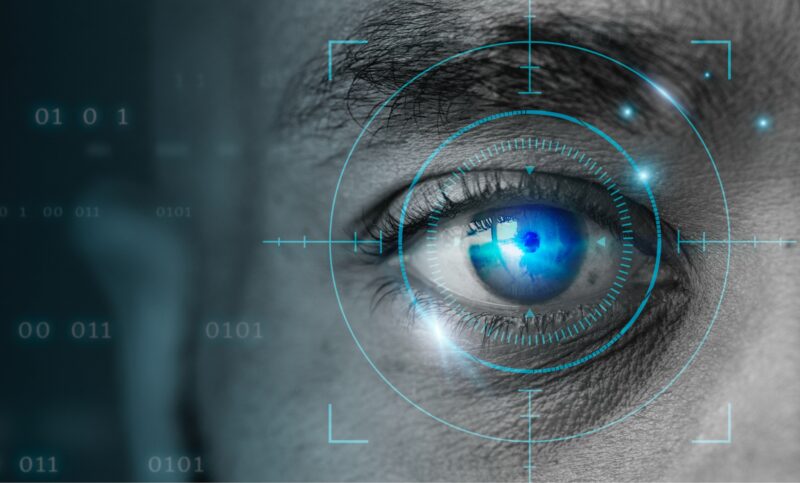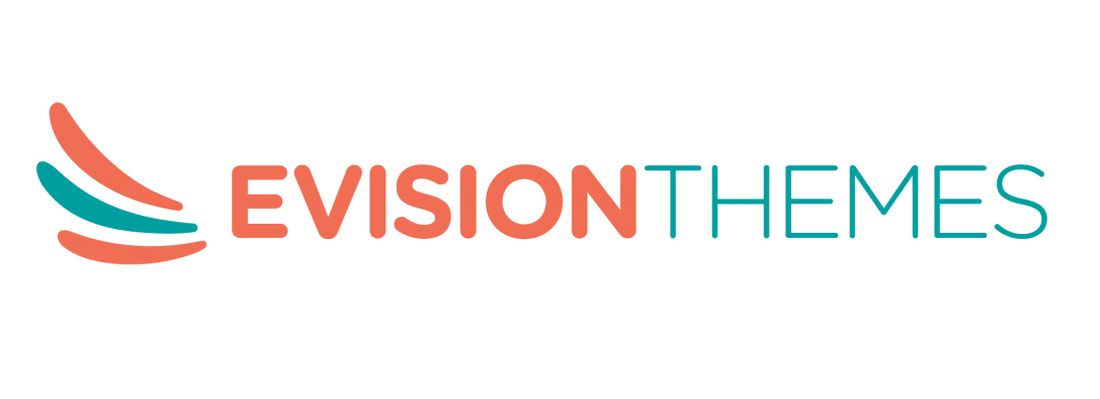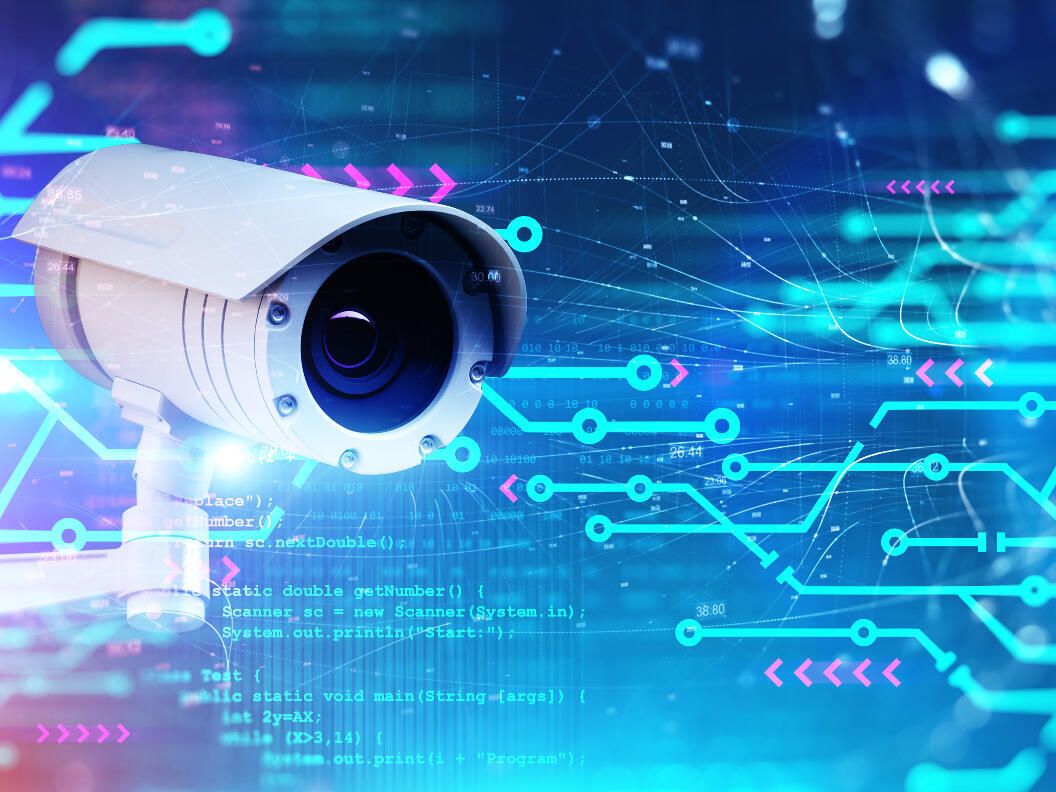Protecting executives in the 21st century is more than a 9-5 job. With the emergence and rapid adoption of technology, digital trends are transforming the executive protection industry like never before.
In this blog, we’ll explore how modern digital trends are driving change in the way executive protection is provided around the world. Fasten your seatbelts and get ready as we embark on this journey!
The Benefits of Digitalization in Executive Protection

As the executive protection industry begins to embrace digitalization, the benefits of these emerging trends can have a lasting impact on security technology, resources and personnel. By implementing a range of digital solutions that are tailored to the needs of executives and their protection officers, the executive protection industry is reaping many benefits from digitalization.
From enhancing communications – both within an organization and between employees and law enforcement – to automating tedious processes for more efficient monitoring and reporting, here are some of the primary benefits of embracing this technological shift in the executive protection industry:
1. Improved decision-making:
Through accessing real-time data, agents are able to make informed decisions quickly as they respond to potential threats. Digital systems can facilitate fast communication with all stakeholders in order to ensure effective response protocols.
2. Improved coordination between teams:
Through utilizing cloud technologies such as collaborative workspaces, mobile applications and live-streaming capabilities; field agents are able to instantly coordinate operations with central command centers or other teams offsite in order to respond quickly when needed.
3. Automation of processes:

Digitizing manual systems such as pre-arrival assessments or incident reports can help speed up operational processes while improving accuracy. Automated processes result in time savings for personnel which allows them to focus on tasks that require more cognitive effort like looking out for threats or adapting plans for unexpected events.
4. Enhanced safety protocols:
Digital tools can be utilized for background checks, travel risk assessments or biometric identification which helps protect against unauthorized access of facilities or controlled events access control which could help keep executives even safer from harm than traditional methods might offer.
5. Intelligent algorithms reduce risks:
Autonomous intelligence tools not only detect potential threats but also determine whether there is malicious intent behind the activity being monitored through intelligent algorithms. In partnership with human agents, these advanced systems play a critical role in providing potential trace data analysis while reducing overall risks associated with any particular situation.
Technology Integration in Executive Protection

As the digital landscape continues to evolve, these professionals in the field are finding new and innovative ways to use technology and modern tools in their services. By utilizing the latest digital tools, executive protection companies are able to provide a safe environment for their clients, as well as more efficient services for proactive safety and risk management programs.
One way in which technology is changing the way these services operate is through its integration with private security systems. Technology monitoring systems can now be used effectively to track criminals who trespass on private property or threaten a particular individual. Through surveillance and proactive analysis of data acquired by wearable devices, executives now have almost real-time monitoring of threats in unsafe environments across locations. In addition, GPS mapping systems help advance route optimization capabilities such that routes taken by the vehicles transporting executives are optimized for moving quickly while avoiding unfavorable spots or dangerous areas.
Technology also plays an important role in intelligence gathering related to executive protection activities. By using geolocation data and recognizing patterns of suspicious behavior, teams can better anticipate potential risks or threats before they happen. They also leverage facial recognition technologies that compare images found online against databases populated by offenders’ mugshots; these databases can alert them if someone known to have committed crimes or with malicious intent approaches their clients. They also rely on social media entities such as Facebook or Instagram accounts to monitor client reputations or flagged comments posted by suspicious people looking to purport malicious intent against their clients.
The Future of Digitalization in Executive Protection

The trend of digitalization is rapidly changing the way businesses and organizations operate. Across the executive protection industry, these developments are among the most important forces shaping its future. From improved communication and collaboration to better access to customer data, digitalization can enable security companies to provide higher levels of service and protect their clients in more efficient ways. Here are some key areas in which this trend is having an impact:
- Improved Communication: As more of these firms move to a fully integrated cloud-based system for communication and collaboration, teams can quickly share their progress in real time with customers via secure text messages, emails, and video conferencing. This streamlined approach ensures teams stay connected at all times while managing multiple jobs at once, improving operational efficiency and reducing downtime.
- Enhanced Data Gathering & Insight: By implementing advanced analytics tools, they are able to gain invaluable insights into client behavior, attitudinal traits and risk thresholds that enable them to better identify potential threat vectors before they become reality. These insights are also invaluable when it comes to tailoring security protocols around the latest trends or anticipating outbreaks of political unrest in high-risk environments where executives may be visiting or traveling through.
- Analytic Algorithms Assistance: With algorithms designed specifically for the executive protection industry now available for purchase or rent from software vendors, teams can now access remote analytics tools that prevent clients from getting caught up in events or contexts where danger may pose a real risk. For example, having access to detailed real-time location tracking 24/7 is highly beneficial when it comes to planning routes out of harm’s way should any incident occur during travel abroad.
- Trend Spotting & Insights: As more businesses move into the digital world their geographic footprint expands exponentially – reducing physical risks on site but increasing those from afar from hackers looking for sensitive data on unprotected systems. Here too analytics can help detect deviant activities as well as flagging issues that require further investigation by experienced professionals monitoring operations remotely such as malware attacks on transactional accounts or suspicious movements within financial networks such as cash transfers etc.
Conclusion

The convergence of these trends has allowed this industry to make leaps forward in recent years. By keeping a careful eye on the latest technological developments, companies can ensure that their executives and staff remain safe while carrying out their important business duties. Ultimately, by utilizing digital trends to inform decision-making processes, businesses can better equip themselves with the tools they need to face any potential risks head-on.

